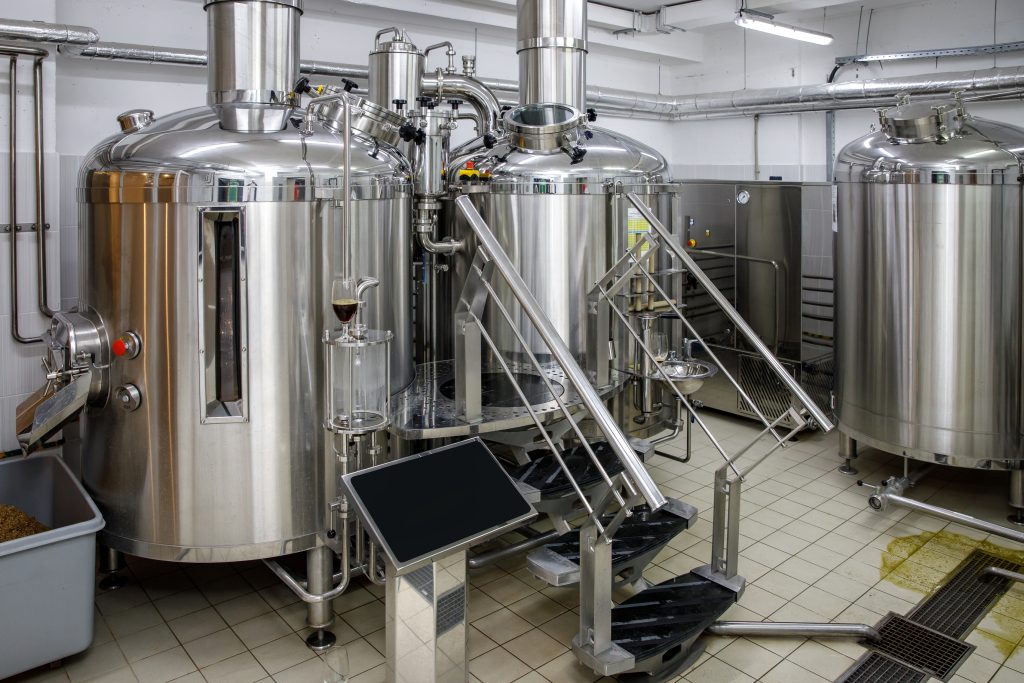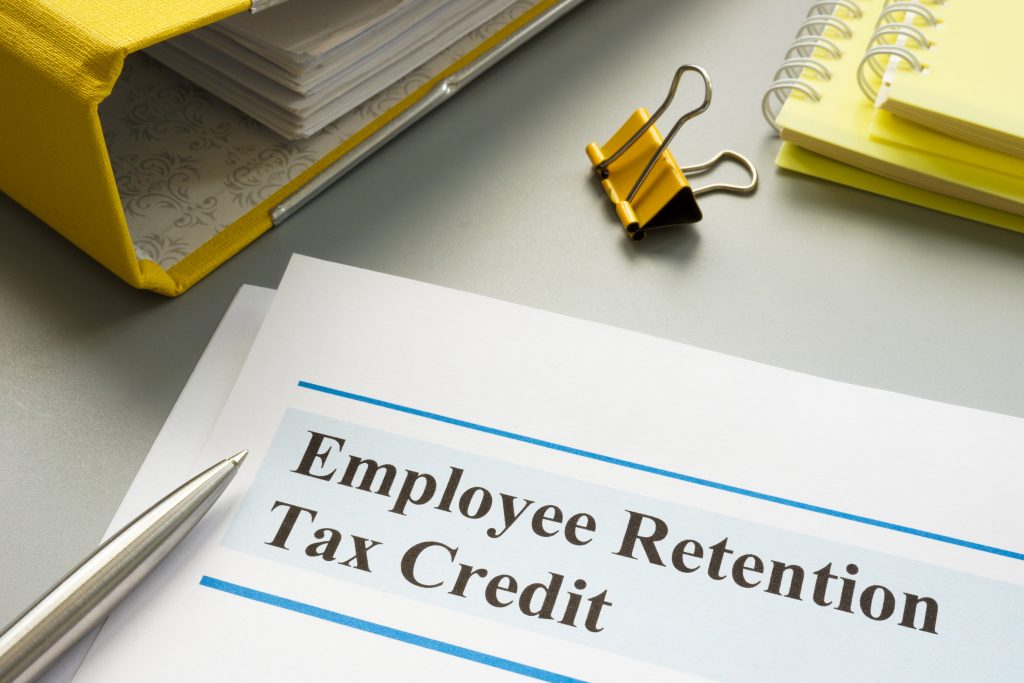
By: Becky Garrison
As Ann Obenchain, marketing director of the Brewers Association, keenly observed, “The past two years have been tumultuous for the craft brewing community, and COVID-19 has had ripple effects in many aspects of life.” Once COVID hit in March 2020, the Brewers Association placed the health and wellbeing of their industry peers at the forefront of all decision-making for their events. This led to the cancellation of all in-person events and festivals, including The Great American Beer Festival (GABF), Craft Brewers Conference (CBC), SAVOR: An American Craft Beer and Food Pairing Experience, Homebrew Con and the World Beer Cup (WBC).
Early on in the pandemic, their Homebrew Con went virtual for 2020. In addition, the Craft Brewers Conference (CBC) launched an online version, bringing five weeks of conference talks available and free through May 2020 while everyone was in lockdown. Also, they hosted a virtual hill climb for brewers to meet with elected officials and staff. However, other festivals, such as GABF and SAVOR, could not be retooled for a virtual experience.
With the return of GABF in Denver (October 6-8, 2022), Obenchain notes they must be ready for anything, given they host events across the country. “Each location has different safety requirements, which are subject to change at any time. Our team has learned to be nimble and flexible in providing event attendees with the best experience possible at any moment.”
Among the offerings for the 40th Anniversary of GABF are hangouts for entertainment, live music, games, a brewers’ studio to meet with industry experts and brewers, a designated driver lounge and PAIRED, a ticketed event pairing food from award-winning chefs and beer that includes unlimited tastings of unique beers not found in the festival hall.
Cider Summit Returns to the National Stage
Pre-COVID, Alan Shapiro spearheaded regional Cider Summit festivals in Seattle, Portland and San Francisco, as well as a national cider summit in Chicago that coincided with CiderCon. All these events were canceled effective March 2020.
In 2020 and 2021, they experimented with giving festival-goers an at-home festival courtesy of their “festival-to-go tasting kits.” These kits featured a range of two-to-three packages at different price points and cider selections ranging from modern to artisanal, with some packages including international ciders.
The tasting kits were tailor-made for each specific festival and released in the same month as the in-person festival for that region. For example, the kits released in June featured Oregon cideries. Then they highlighted Washington ciders in September and California ciders in April. According to Shapiro, the Chicago tasting kit was a bit harder to navigate, given this festival’s initial national focus. “We had had ciders from all parts of the country or as best as we could,” he observed.
They distributed these kits via their partnership with Seattle-based Press Then Press, an online retailer of rare, independent, local and craft ciders. Consumers living within a particular festival’s geographic area could pick up their kit or arrange for local delivery. Nationwide shipping was available for those living outside of these areas.
Included in these tasting kits were promotional items and an invitation to a virtual tasting with several of the cidermakers whose wares were included in these kits. Shapiro estimates that about 20 to 30 percent of those purchasing the tasting kits tuned in to the virtual tasting. Over time, they developed a loyal and passionate following, especially as they got better at producing virtual events.
Shapiro hoped he could return to in-person events in 2021 and announced the dates for the Seattle Cider Summit held in September. Even though this festival would be outdoors, they chose to cancel it due to an uptick in COVID cases and the ensuing governmental restrictions.
The Portland Cider Summit, held June 10-11, 2022, marked their return to in-person events. Audience anticipation was high, with a much stronger selling of pre-sale tickets than in prior years, though the monsoon-like rains that pummeled the city lessened the expected attendance. Also, the number of participating cideries was down from around 50 to 43, a dip Shapiro attributes to cideries that are no longer in business, as well as staffing issues.
They will be hosting the Seattle Cider Summit on September 9-10 at South Lake Park, with plans to launch the San Francisco Cider Summit in 2023. As the Chicago Cider Summit is their one indoor event, they will decide in November 2022 if they can host this in February. Also, they will continue their partnership with Press Then Press to offer tasting kits to those who cannot attend their in-person events.
The Oregon Brewers Festival Reopens with a Leaner Look
Editor: As per an announcement on their home page, the Oregon Brewers Festival organizers decided to cancel the 2023 festival. They plan to bring the festival back when the timing is right. See https://oregonbrewfest.com/
Since its founding in 1988, the Oregon Brewers Festival has emerged as the largest beer festival in Oregon and draws in over 50,000 people from across the United States. Hence, co-founder Art Larrance felt the need to maintain its reputation. So, they focused on quality, not quantity, as they relaunched this festival in 2022 after a two-year absence.
To ensure a successful beer festival, they reduced the number of taps to 40 beers and two cideries. They also limited the size of the overall festival footprint and scaled back the number of days. In addition, they did not offer the brewers’ parade live music acts, and they had a more limited selection of vendors. They plan to keep the festival at about the same scale in 2023.
While past festivals have spotlighted international beers or beers from specific states, they chose to focus this year on award-winning Oregon beers. They made this decision to focus on craft breweries with local distribution channels, in large part due to shipping issues. According to Larrance, “I’m glad that we made that decision because while I was looking for 27,000 to 30,000 people, we only had 23,500 people. Had we not scaled down, we would have been spending a lot of money and not broken even.” Also, at the conclusion of the festival, they were able to donate $10,000 to their nonprofit partner, Doernbecher Children’s Hospital.
While the beers remained Oregon-specific, preliminary data from the festival survey shows that 36.8 percent of attendees came from outside the Portland Metro Area. In this regard, they were very close to their pre-COVID percentages of local versus out-of-town attendees.
In addition to a heatwave and concerns about COVID that somewhat reduced attendance, the festival’s location along the Tom McCall Waterfront Park in downtown Portland continues to experience challenges due to the uptick in homeless camps and civil disobedience. These ongoing issues led to a 15 percent occupancy of downtown office buildings, thus significantly reducing the number of local people working downtown who would stop by the festival after work. Typically, they would get about 40 percent of their business from out of town, a number Larrance estimated was down to about 20 percent for this year.
Despite the lower than projected attendance, brewers and beer lovers appeared ecstatic with the return of OBG. As Dan Malech, co-founder of Stormbreaker Brewing in Portland, Oregon, proclaimed, “It was so good to see so many people enjoying fantastic beer. We’ve been a part of OBF every year since we opened, and we hope to continue every year.” John Harris, owner and brewmaster of Ecliptic Brewing, also based in Portland, Oregon, concurred. “It was great to have OBF back. I’ve always enjoyed all the special beers that brewers make for the fest. The smaller size was a great way to bring the fest back.”
The Return of Local Pacific Northwest Beer Festivals
Pre-COVID, the Craft Beer & Wine Fest of Vancouver (Washington), featured 60 beer taps, 80 wines and 35 craft vendors, along with live music all weekend and people traveling to the event from afar. While COVID restrictions prevented them from offering an outdoor festival in 2020, Rusty Hoyle, owner of Craft Nation, noted they were the only in-person Pacific Northwest festival of this type in Summer 2022. “We were really busy with the local people who were itching to get out and do stuff.” In keeping in line with consumer demand for personal safety, they offered hand wash stations, an expanded fence line that provided more room for people to be comfortable and new microphone covers for each singer. They plan on continuing these measures at future festivals.
While many of their prior vendors are no longer in business, Hoyle observed how they are now seeing new craft vendors and also people traveling to this festival from outside the area. Each year, Heathen Brewing of Vancouver, Washington brings a fire truck with seven tap handles that contributes to the festival atmosphere.
The 2022 festival featured over 100 wines and about 30 craft vendors, a number that Hoyle predicts will increase. Also, they narrowed their beer selection to showcase the breweries that align with their values. “We want them to be a part of this event and talk to our customers, not just drop off their beer. It allows fewer hands to touch the product while giving a better customer experience,” Hoyle opines.
Among the other events that Hoyle organizes is Gorge Blues & Brews in Stevenson, Washington, which is held in late June with RV and tent camping available. This year’s event pulled in 2,500 people, shattering their prior attendance record by 1,000. The event features world-renowned blues artists on two stages with local craft beer, wine and spirits.
In February 2022, Larrance launched the inaugural Over the Hills to Hillsbrew, a new local beer festival designed to highlight Washington Country and Portland breweries, along with a few other Oregon-based breweries. He believed that the local people felt cooped up and thought that a beer festival would help lift their spirits. While he anticipated around 5,000 people to attend, approximately 2,800 came to sample beers from 25 to 30 breweries. This was an inside event held during the winter months when COVID was on the rise, so proof of a COVID vaccination was required.
In addition, the Oregon Trails Brew Fest, traditionally held the weekend before the Oregon Brewers Festival, returned in 2022. Hosted by the Oregon City Brewing Company in Oregon City, Oregon since 2019, this all-ages outdoor brews festival is a community-based event with lawn games, live music, 32 breweries, and three cideries. While they had a few more breweries in 2019, their ticket sales remained consistent with their pre-COVID statistics.
In the Pacific Northwest, an area with some of the strictest COVID restrictions in the United States, major festivals with a beer component that attract a national crowd, such as Feast Portland, are not slated to return until 2023, and festival plans are still in development. Some local breweries have begun to offer festivals, albeit often in a modified format, while others have chosen for now to focus on rebuilding their businesses.







